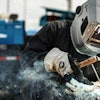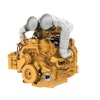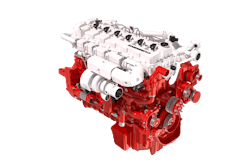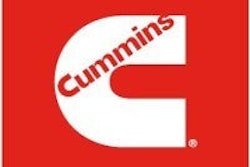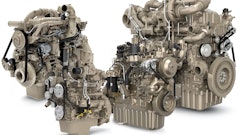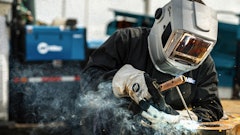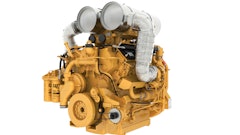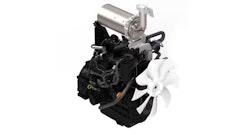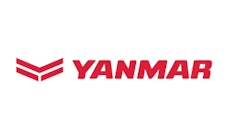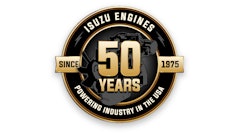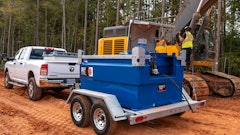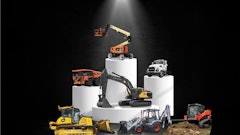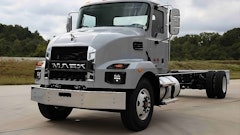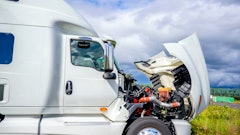Columbus, IN - Cummins Inc. has announced the initial results of a Tier 4 Interim/Stage IIIB field test program after reaching a cumulative 20,000 hours of testing with equipment operators. The testing confirmed up to 5 percent higher fuel efficiency and improved productivity, with equipment operating on commercial service repowered with Cummins integrated air-intake-to-exhaust aftertreatment system.
In addition to achieving lower cost of operation, the field test operators expressed a strong preference for Cummins Tier 4 Interim repowered machines, as those machines demonstrated improved productivity with faster cycle times. Although power ratings were identical to those of the Tier 3 installations they replaced, the Tier 4 Interim engines benefit from the faster power-and-torque response provided by the Cummins VGT Turbocharger and enhanced fuel systems.
The Tier 4 Interim repowered equipment on the field tests typically achieved 98 percent or 99 percent uptime, equivalent to Tier 3 levels of in-service reliability. Operators noticed an improved working environment with the Tier 4 Interim repowered equipment due to quieter running and ultra-clean operation with visible smoke eliminated. Field test participants reported that the Tier 4 Interim system was effectively transparent to how they operated their machines, with the self-regenerating Cummins Particulate Filter requiring no user intervention.
"This is the most extensive field test program we have ever undertaken with our off-highway engines, and the message from the operators is that Cummins Tier 4 solution is dependable, reduces their operating costs and improves the performance of their machines," said Hugh Foden, executive director, Cummins Off-Highway Business.
"The field test and prototype engine program will continue to expand as we approach a total of 100 Tier 4 Interim installations with our OEM partners. They are able to quickly move ahead with installations, using Cummins fast-track machine integration process specifically developed for EPA Tier 4 Interim and EU Stage IIIB applications," added Foden.
The Cummins field test program is structured to capture a broad range of duty cycles, applications and different working environments. All the Tier 4 Interim repower and cooling modification work has been undertaken on-site, using Cummins machine integration process.
The replacement of the Tier 3 exhaust muffler with the Cummins Particulate Filter aftertreatment represents the most significant installation change. The new Cummins Direct Flow(TM) air cleaner has a smaller space claim and has proved beneficial in extending filter change intervals. Field Test MonitoringThe performance of the Tier 4 Interim system is monitored over the cellular network with remote downloads directly from the engine's Electronic Control Module (ECM) to the field test team.
"Remote monitoring is an invaluable method for rapidly collecting operational data for analysis, but regular site visits to the field test locations are equally important so we can listen to the customers and capture their working experience," said Maged Tadros, Cummins Tier 4 Field Test Program Leader.
"The field test operators were particularly impressed with the self-regenerating Cummins Particulate Filter, which did not require any user intervention. The field test machines proved that most off-highway equipment operates at a high enough engine load factor for the Cummins Particulate Filter to self-regenerate almost every time in passive mode.
"This advantage reflects how Cummins ability to fully integrate the Tier 4 engine and exhaust aftertreatment as a single system can improve operational performance," added Tadros.
Active self-regeneration typically occurred less than 1 percent of operating time, with the machine continuing to operate as normal during the regeneration. The fuel consumed to activate the active self-regeneration process was barely measurable. Service intervals and procedures for the Tier 4 Interim engines remain nearly identical to those for Tier 3 engines. The Cummins Particulate Filter exhaust aftertreatment is service-free up to 5,000 hours, when an ash-cleaning service is required.

